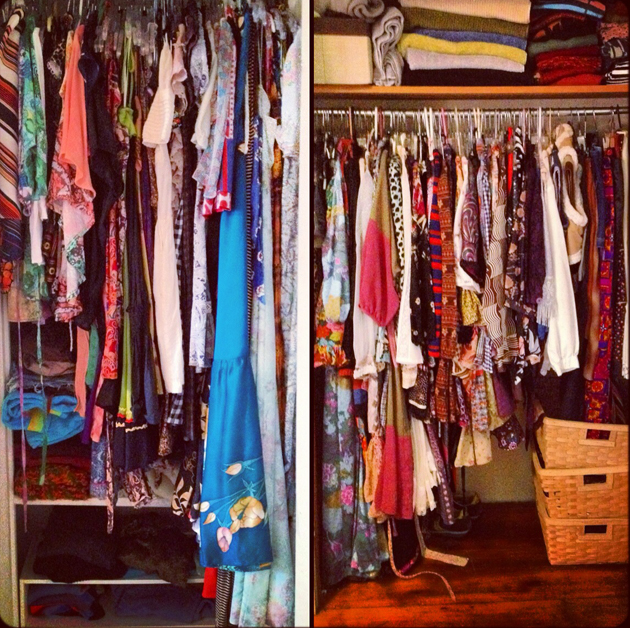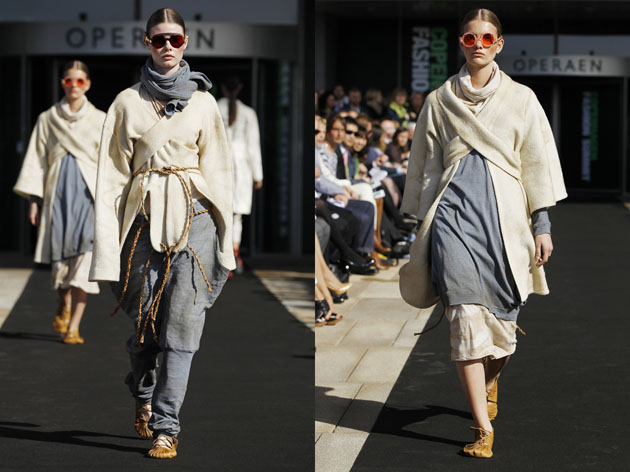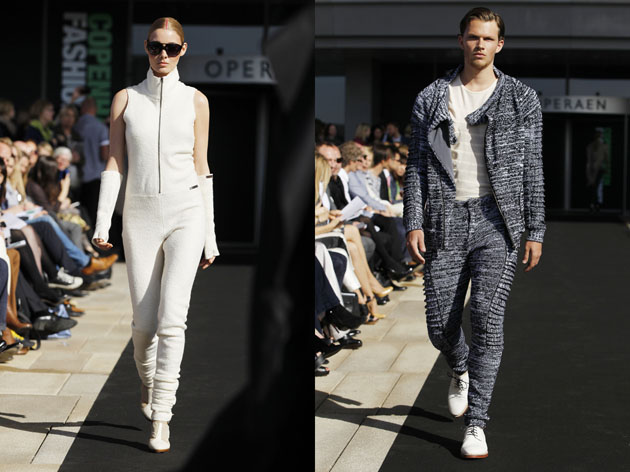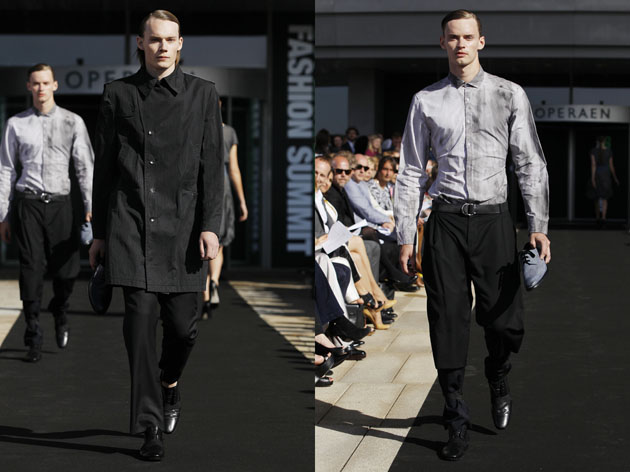A (Fashion) Tale of Truth
Unless you’ve resided under a rock for the past decade, it is manifestly clear that green, biosphere conscious fashions have become an all-pervading phenomenon in today’s fashion landscape. After a deserved flood of awareness that has been raised about the horrors of what goes on behind the fashion industry’s curtain, eco fashion has as such gradually evolved from an haute-nouveauté buzzword, into the new normalcy. By virtue of this, eco-responsibility is exploited as a vital marketing strategy for a growing group of fashion labels.
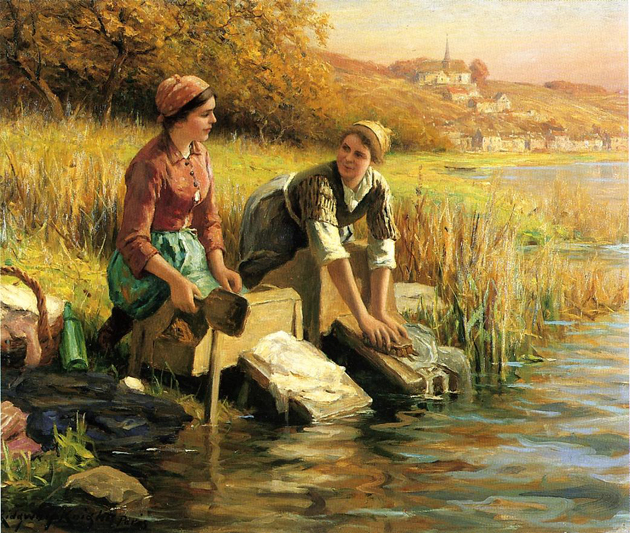
A number of these businesses, particularly some ‘old’ and established ones, have attempted to jump on the green bandwagon by disingenuously spinning their apparel as environmentally beneficial. This deceptive use of green PR, also termed as greenwashing, denotes to a diverse array of counterfeiting practices. Conspicuous labelling, through the iniquitous endorsement and certification of third parties, is one such thing. For instance, fabric with a mere 5% organically grown cotton is qualified for acquiring the virtuous stamp of Textile Exchange; a non-profit organization focussed on the responsible expansion of textile sustainability.
On a similar note, the Better Cotton Initiative – a multi-stakeholder’s initiative founded by Adidas, Gap inc. and H&M, among others – is deemed a reputed, eco-responsible organization and thus credible hallmark, while de facto, it has established minimum environmental requirements for growing cotton. Under meticulous examination, the green gloss of some of these companies is flaking in the heat. As such, the ethical alignments of fashion labels are increasingly watched with a critical eye.
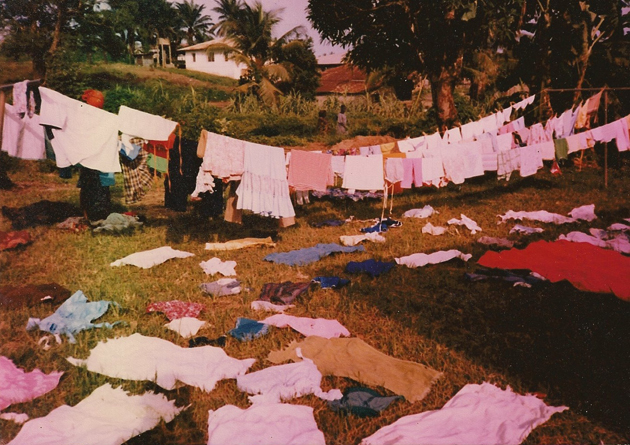
Yet, in spite of these unjust ecological credentials made by some, the biggest environmental impact of the manufacture of clothing happens on the consumer end of the spectrum, after the production phase. In fact, a sweeping sixty percent of the consumed energy is directly correlated to the way we wash and dry our garments. The carbon footprint of a load of laundry is not to be underestimated: washing and drying every two days creates around 440kg of CO2e each year. Tons of energy can be saved there, by line-drying and washing our garbs in cold water. All in all however, the utmost smartest and greenest thing one can do is, radically but simply, cut down on shopping sprees. It’ll surely help reduce the clutter in one’s wardrobe.
